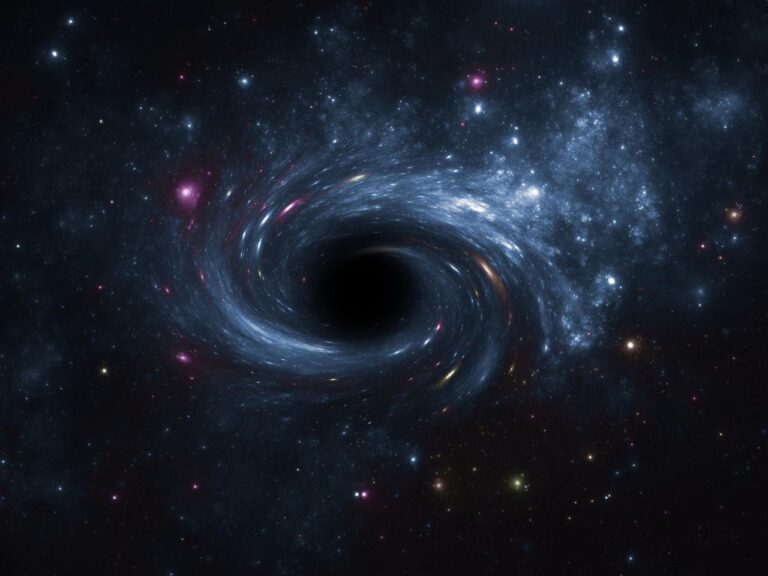The discovery revealed that these black holes are situated in close proximity to our planet, a mere distance of 150 light years
Scientists believe two, or possibly three, black holes might exist just 150 light years away from our planet.
However, it may also be true that these black holes were expelled from the massive cluster of stars millions of years ago, making this galaxy lonely. However, they would be about 10 times closer to Earth as what had been previously considered to be the closest black hole.
Hyades are an open cluster of stars located in constellation Taurus with multiple stars incorporated into the cluster. This is a group of stars called open clusters, and by such type it is meant that all the stars included in it are thought to have originated from the same large ‘pitch’ of stellar material. This means that the stars within the specified clusters exhibit similar properties including field content and age.
Using simulation to observe the movement and evolution, a team led by Stefano Torniamenti, a postdoctoral researcher at the University of Padua, found the possibility of nearest black holes to the Earth in Hyades. Black holes were also included in the equation and added to the simulation. The scientists then compared the velocities and positions of stars in the simulation with the results of earlier observations of stars in the open cluster made using the Gaia space telescope.
“From these simulations, we find that the mass and size of the Hyades can only be best reproduced if there are black holes in the core of this system today or at least up to a fairly recent epoch,” Torniamenti said.
Stellar dynamics based on observations of the Hyades cluster led Torniamenti and his colleagues to the conclusion that models with two or three black holes in the stellar cluster are most appropriate. Moreover, the calculations made where part of the star cluster contained the black holes that were probably ejected no more than 150 million years ago also fit the Gaia data.
This is due to the fact that the scientists stated that, if those black holes had been evicted from the Hyades when the cluster was roughly 625 million years old, or a quarter of its present age, then the given group of stars still would not have evolved to the extent that all evidence of their expulsion would have been eliminated.
The scientists also point out it that even if the black holes have been ejected out of the Hyades cluster by now, they would still be the closest known black holes to earth despite their rebellions. In the light of the simulations, it means that even if the black holes are not currently situated in the Hyades cluster, they are nearby.
The previous record holders were Gaia BH1 and Gaia BH2 named as such because they were both found through Gaia data this year.
For Gaia BH1, the distance between it and our solar system is about 1,560 light years, while Gaia BH2 is approximately 3800 light years away. Nonetheless, both the black holes are in our galactic neighborhood itself (as far as cosmic distances go) are at least ten and twenty time farther from the Hyades cluster and its possible black hole pair or trio.
This current study, alongside with the previous Gaia BH1 and BH2 study, show how since Gaia was launched in 2013, it has begun to transform astronomy. The space telescope allowed the first time determination of positions and radial velocities of stars within a cluster like the Hyades.
There are times that Gaia is capable of making such advances because it has the ability to measure the positions and their changes of billions of stars with reference to the background sky. Such extreme precision identifying stellar motions disclose gravitational forces acting on these stars, and if the forces originate from distant and hidden objects like M SMBHs.
Finally, this observation helps specify how the appearance of black holes influences the further development of star clusters, according to Mark Gieles, the leading author of the research work from the University of Barcelona. “These results also indicate how these unknown objects are distributed within the galaxy:”
The team’s findings were published in the journal Monthly Notices of the Royal Astronomical Society.
Do not forget to share your opinion with us to provide you with the best posts !




0 Comments